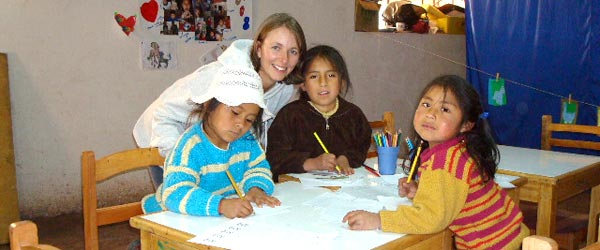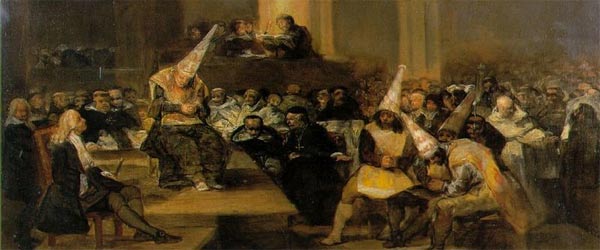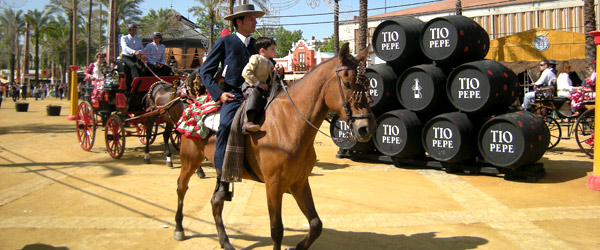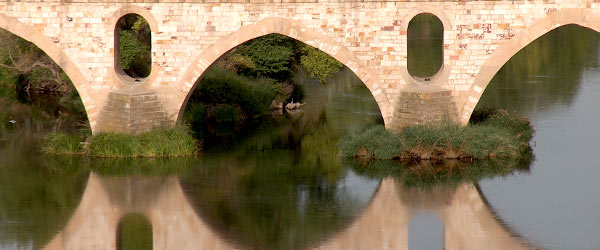Volunteering in Spain and Latin America | donQuijote

Volunteering in Spain and Latin America has become increasingly popular among the Dutch in recent years. More and more people and especially young people go to developing countries during their vacations to help with different projects. This can be building an orphanage, teaching in Latin America or going on a volunteer trip in Spain.
There are many organizations offering volunteer work and this number will continue to grow in the coming years. Many companies also volunteer both at home and abroad. The relative distance (distance in time, money and effort) has become smaller in recent years, making visiting developing countries more and more accessible now. Relative distance has been reduced by development of land, sea and air transportation.
You can now take a Spanish course first and then volunteer in a Spanish-speaking country, such as Mexico. At don Quijote they can arrange this for you, as it is important to have a certain level of Spanish before you can help people. The only condition don Quijote sets is that you take a Spanish course for a minimum of 4 weeks to improve your Spanish, during which you will stay with a host family to improve your Spanish even faster. The course should bring your Spanish up to a level that will allow you to become a volunteer. When you start volunteering, you can choose to stay with your host family or you can choose different accommodation, which does not have to be don Quijote.Neem hier makkelijk deel aan door je zelf in te schrijven bij don Quijote. Een ervaring voor het leven zal het worden die je nooit zult vergeten!!
All income goes directly to the volunteer project. This way you can see for yourself right away where the money is going. Nowadays you can also volunteer in Spain, put together your own trip and help the less fortunate. Helping to build orphanages and schools gives you a fulfilled feeling!
We will look for a good volunteer project for you. During your volunteer work you will be accompanied so that we can keep track of how you are doing and help you when needed. For each volunteer, don Quijote will donate a contribution to the project in question.
So have you always wanted to do something for those people who are less fortunate in their lives than you? Now you have the chance to do something for this, become a volunteer in a Spanish-speaking country in Spain or Latin America. There are many projects in Latin America that help in orphanages and schools. Improve both your Spanish and the lives of those less fortunate by volunteering!








